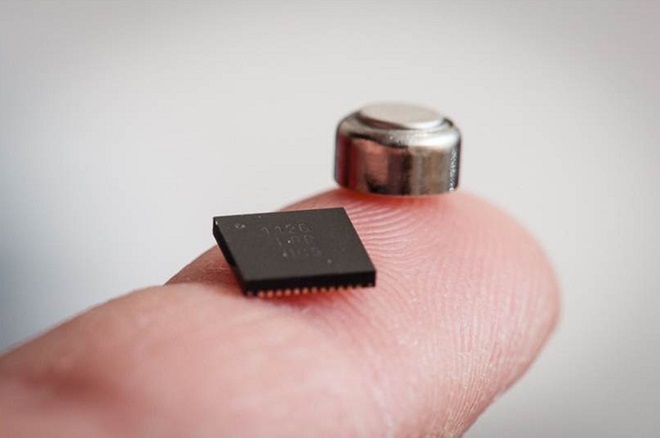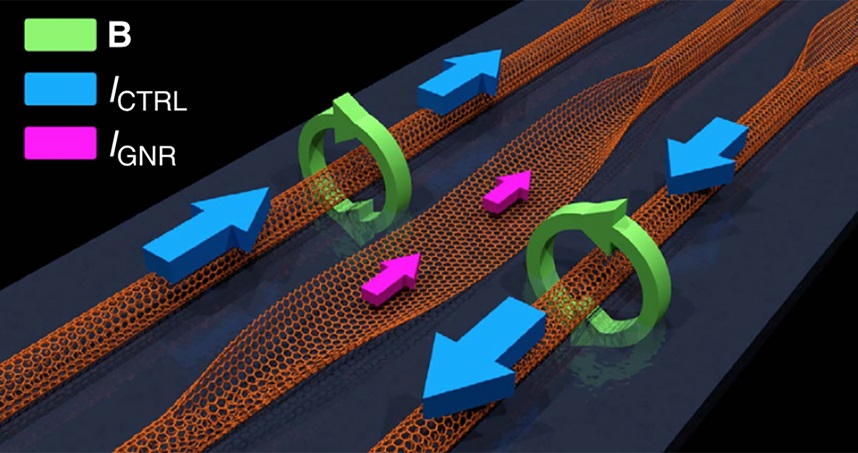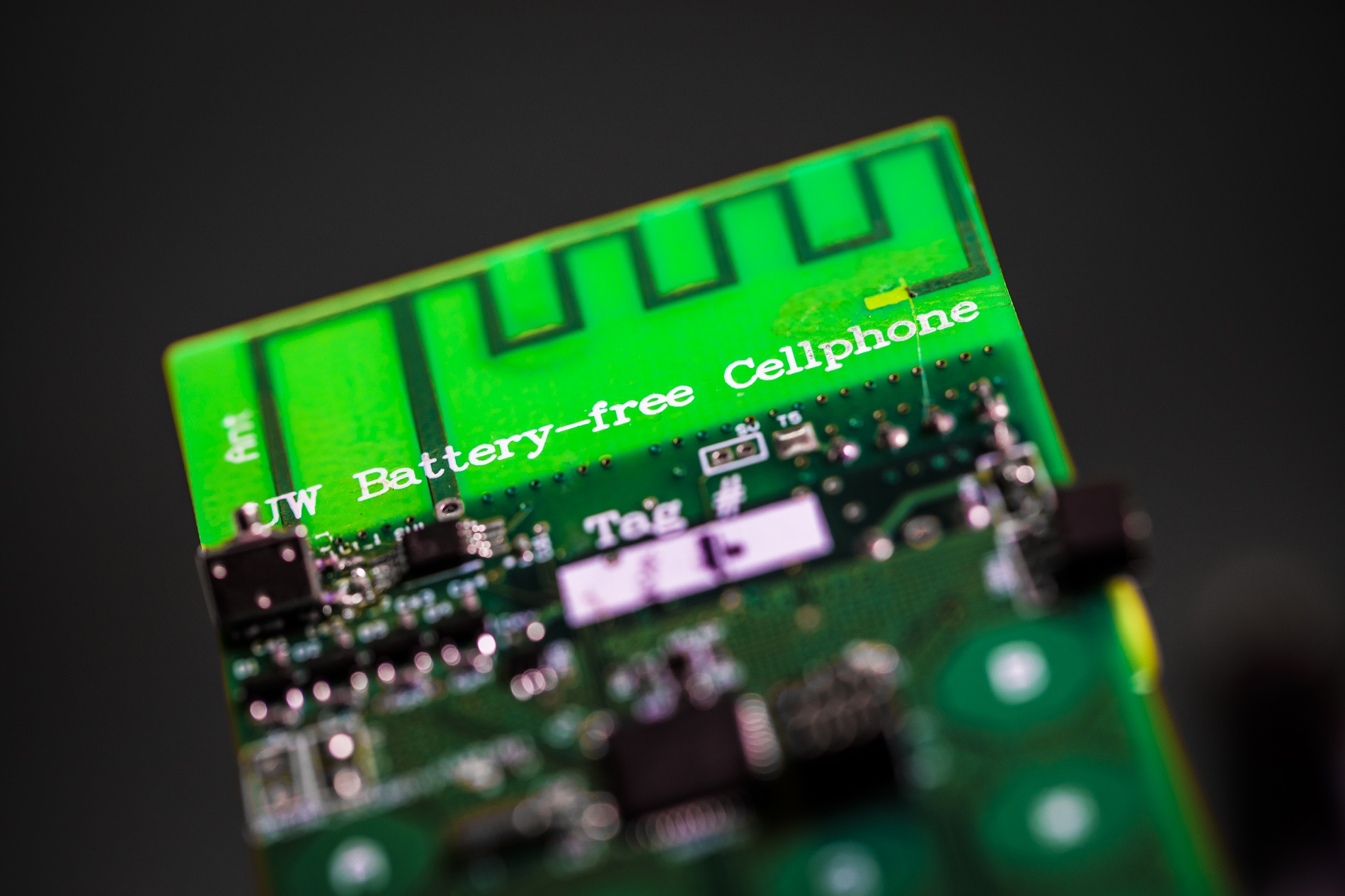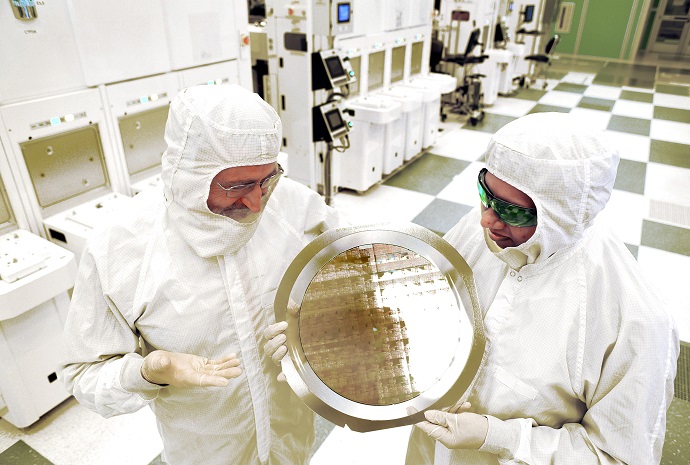Leuven (Belgium) and San Diego (California, USA) – December 3, 2013 – Imec, Holst Centre and Wicentric introduce today their integrated ultra-low power Bluetooth® Smart radio solution for a range of smart applications. With a power consumption up to five times lower than state-of-the-art radios and an extremely small memory footprint, this radio solution, integrating imec and Holst Centre’s 2.4GHz ultra-low power radio and Wicentric’s exactLE product line of Bluetooth® Smart software, leads the way to new Internet of Things applications such as personal health monitoring systems and smart home applications.
Autonomous wireless sensor systems running on batteries or energy harvested in the environment can be used for personal health monitoring, smart homes, intelligent cars, and for monitoring machines, buildings or the environment. However, practical applications for wireless sensor networks largely depend on their size, autonomy, and power consumption.
Imec and Holst Centre’s Bluetooth® Smart compliant 2.4GHz short-range radio is 3-5 times more power efficient compared to today’s available Bluetooth® Smart radios that consume between 50 and 85 percent of the overall power consumption of a sensor system. The 1.9nJ/b radio achieves a DC power of only 3.8mW at 1.2V supply for the receiver and 4.6mW for the transmitter. The measured receiver (RX) noise figure is 6dB, resulting in an excellent sensitivity of -98dBm for Bluetooth® Low Energy (BLE).
Wicentric's software solution includes exactLE Link, a portable and efficient Link Layer for Bluetooth® Smart, and Wicentric's qualified exactLE Stack and Profiles. Wicentric’s exactLE Link is designed for efficient execution on low power CPU cores running at low clock speeds making it well suited for ultra-low power system-on-chip silicon designs. The exactLE Stack and Profiles support 18 standard Bluetooth® Smart profiles and services for products like physical activity monitors, healthcare devices, and smart watches. The complete software solution has an extremely small memory footprint, for example the combined code size of the link layer, protocol stack, and profile for a heart rate sensor can be as low as 45 kilobytes on an ARM Cortex-M0 CPU, running at 12 to 16 MHz.
Combining imec and Holst Centre’s ultra-low power Bluetooth Smart compliant radio with Wicentric's efficient and comprehensive Bluetooth Smart software delivers a complete and highly integrated solution that is available for licensing as of today.















